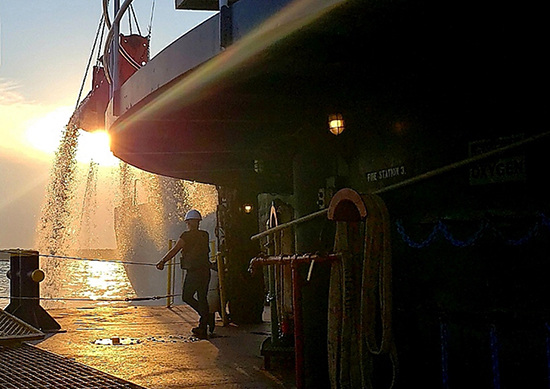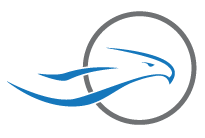
Out of concern for impacts to aquatic wildlife at risk during oil and gas operations, dredging, seismic surveys, underwater construction, blasting, pile driving, and beach nourishment projects, government regulations require Protected or Endangered Species Observers (PSO/ESO) to conduct real-time visual or acoustic monitoring during certain projects.
Legislation such as the Marine Mammal Protection Act of 1972 and the Endangered Species Act of 1973 and requirements by the Bureau of Ocean and Energy Management (BOEM) and Bureau of Safety and Environmental Enforcement (BSEE), National Marine Fisheries Service (NFMS) and others require implementation of specific monitoring and mitigative measures to minimize impacts to marine mammals, turtles, and certain fish species during these efforts.
To meet these requirements, MVI has an international pool of BOEM/BSEE-certified PSOs and Marine Mammal Observers (MMOs) qualified to meet the mandates set forth by permit conditions and requirements for mitigating impacts to marine animals during industrial operations. Many of our ESOs are trained in the use of Passive Acoustic Monitoring (PAM) during nighttime operations, and all observers are available for 24-hour monitoring in the US and around the world.
MVI has deployed consultants in the Gulf of Mexico, the Caribbean Sea, off the shores of South America, and in the Mediterranean Sea. Continuous communication between MVI staff and deployed observers is a critical component of our program to ensure our client is provided with the most up-to-date information on marine wildlife sightings, allowing their clients to maximize their efforts in reaching their operational goals.

